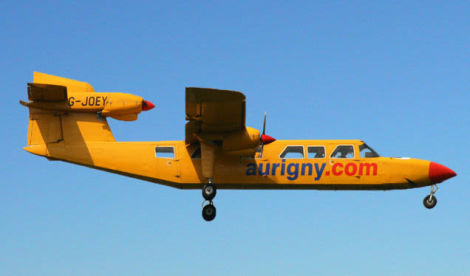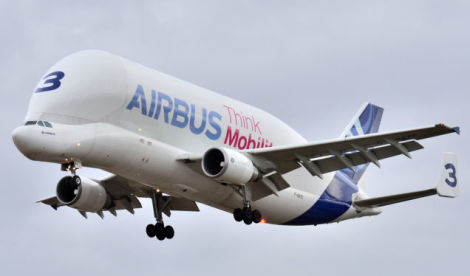Welcome to This Date in Aviation History, getting of you caught up on milestones, important historical events and people in aviation from September 11 through September 13.
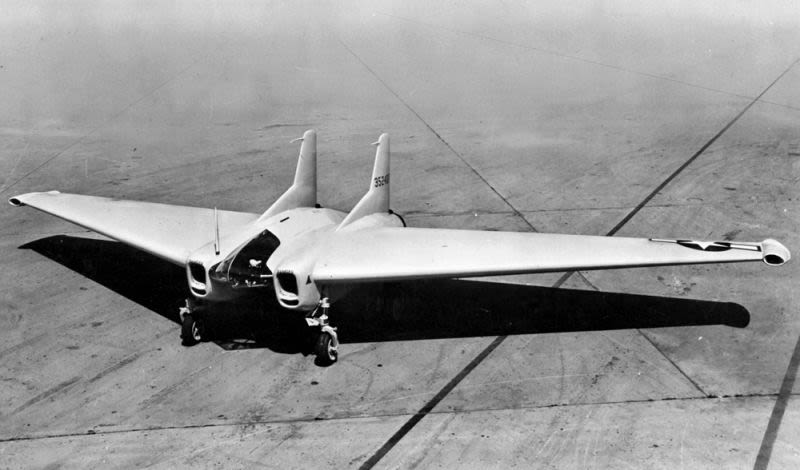
September 12, 1945 – The first flight of the Northrop XP-79. Since 1903, aircraft have evolution has followed a number of different paths, each one attempting to find new ways of fulfilling a certain mission. However, one thing that seems to remain constant throughout aviation history is a quest for speed. Piston-engined propeller planes, no matter how big the powerplant, can only go so fast (the official record as of today is 528.31 mph), and it wasn’t until the arrival of the jet engine that aircraft began to climb reliably above 500 mph. But before the first operational jets took to the air during WWII, aircraft designers experimented with rocket power. The German Heinkel He 176 first flew in 1939, and continuing work on rocket propulsion in Germany led to the Messerschmitt Me 163 Komet, the only rocket-powered aircraft to become operational during the war.
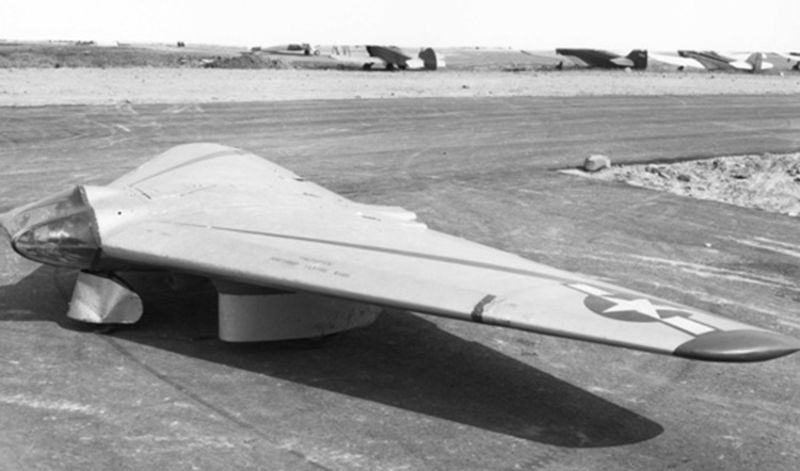
Beginning in late 1942, Jack Northrop started work on a rocket plane of his own. Unlike the German aircraft, though, his would be a radical flying wing, an aircraft type that would come to be synonymous with Northrop. By 1944, he had constructed prototype gliders to test the flying wing concept, one of which, the MX-324, became the first US-built rocket plane to fly after it was towed aloft by a Lockheed P-38 Lighting. With the flying wing concept proven, Northrop received an order for three flying prototypes that were given the designation XP-79A. The aircraft was so small that the pilot flew the plane from a prone position, with his chin placed in a rest to hold his head up. While this was not the most comfortable position, it did allow the pilot to withstand up to 21 Gs in flight.
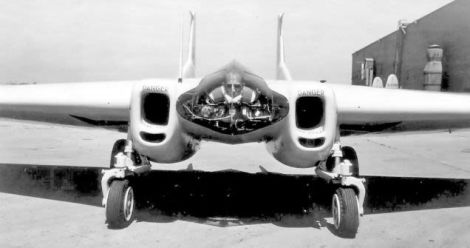
The XP-79A also broke new ground in construction techniques. Due to the corrosive nature of the liquid rocket fuel, Northrop built the fuselage using a magnesium alloy which required the development of new methods of welding to work with the exotic material. The magnesium construction of the airframe made for a very strong aircraft, and some thought was even given to employing the XP-79B as an aerial battering ram, using the aircraft’s wings to slice the wings and tails off of enemy bombers. A more traditional armament of four .50 caliber machine guns was also planned though never fitted.
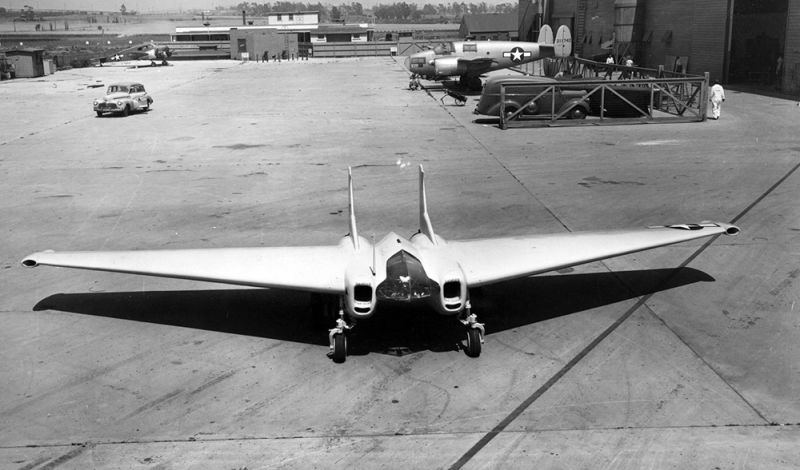
Despite the initial plans to power the XP-79 with rockets, the decision was made to switch to turbojet power when the rockets were found to be unsatisfactory. Two Westinghouse J30 engines were fitted, and the rocket-powered version was canceled. The jet-powered flying wing was designated XP-79B. Ground testing proved troublesome, with burst tires and brake problems plaguing the taxi tests. Once those were worked out, the XP-79B made its first and only flight. Test pilot Harry Crosby took the XP-79B aloft and reached an altitude of 7,000 ft. However, the flying wing then started to roll for an unknown reason, and Crosby was unable to regain control. He managed to bail out of the aircraft, but was killed when he was struck by the wing and was unable to open his parachute. The XP-79 crashed and was consumed by a raging fire fueled in part by its magnesium structure. Soon after the crash, construction of the second XP-79B prototype was halted, and the entire program was cancelled. Despite the setback, Northrop continued his experiments, and some may say obsession, with flying wings, developing the YB-35 and YB-49 flying wing bombers, neither of which ever entered production. However, Northrop’s vision was eventually vindicated in 1989 with the flight of the Northrop Grumman B-2 Spirit strategic bomber.
Short Takeoff
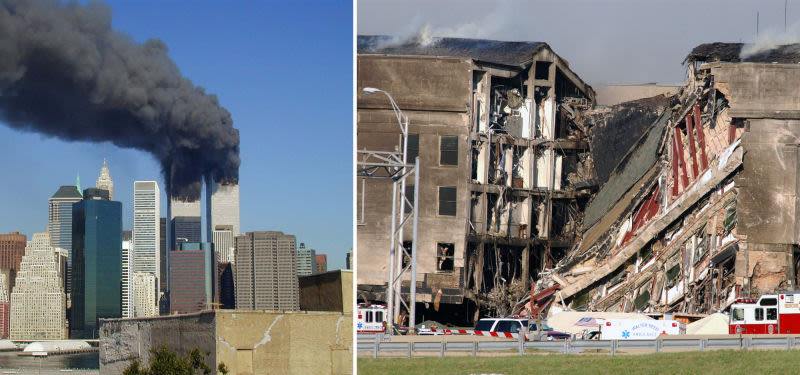
September 11, 2001 – Terrorists hijack four airliners in a coordinated attack on the United States. Four teams of terrorists boarded early morning flights departing from Boston, Washington DC, and Newark and hijacked American Airlines Flight 11, United Airlines Flight 175, American Airlines Flight 77, and United Airlines Flight 93. After killing or otherwise subduing the flight crew, the terrorists flew the first two aircraft into each of the towers of the World Trade Center in New York City, and crashed the third airliner into the Pentagon in Washington, DC. Passengers on board Flight 93, who had learned of the other attacks, fought back against the hijackers. During the struggle, the hijacker pilot crashed the airliner into a field near Shanksville, Pennsylvania, just minutes from Washington, DC. It is believed that their intended target was the White House or the US Capitol. The attacks killed 2,731 people in New York and Washington, DC along with all 246 passengers and crew on the airliners.
For a full account of the events of this day, see This Date in Aviation History: September 11, 2001
September 11, 1983 – The first flight of the Agusta A129 Mangusta, an armed attack helicopter originally designed by Agusta (now AgustaWestland) and the first dedicated attack helicopter to be designed and produced in Europe. Comparable to the American Boeing AH-64 Apache, the Mangusta (Mongoose) is armed with a single 20mm three-barrel M197 Gatling cannon housed in a chin turret, and can be armed with up to 76 unguided rockets as well as Hellfire or BGM-71 TOW anti-tank missiles. It can also carry air-to-air missiles such as the AIM-92 Stinger or Mistral. The A129 entered service with the Italian Army in 1990, and has seen action in Macedonia, Iraq and Afghanistan. Sixty have been built, and the Mangusta remains in production.
September 11, 1970 – The first flight of the Britten-Norman Trislander, an 18-seat passenger and utility short takeoff and landing (STOL) aircraft produced on the Isle of Wight and in Romania from 1970-1980. Designed by John Britten and Desmond Norman, the Trislander is powered by three Lycoming O-540 six-cylinder piston engines, two mounted on the high wing and one mounted in the tail, and has a top speed of 180 mph. The Trislander was developed from the twin-engine Britten-Norman Islander, and its STOL capabilities allow it to take off from landing strips less than 500 feet long. It entered service with Aurigny Air Services in 1971, and a total of 72 were built.

September 11, 1956 – The death of William Avery “Billy” Bishop. Bishop was born on February 8, 1894 in Owen Sound, Ontario, Canada and made his first “flight” in a plane he constructed from wooden crates, cardboard and string that he launched from the top of his three-story house. When WWI broke out, Bishop served with the 7th Canadian Mounted Rifles, honing his skills as a marksman, then transferred to the Royal Flying Corps, first as an observer. He received his pilot’s wings in 1916. By the end of the war, Bishop was credited with 72 victories, making him the top Canadian ace of WWI. During WWII, Bishop served as the Director of the Royal Canadian Air Force in charge of recruitment, and his fame led so many to apply as pilots that many were turned away. His decorations include the Victoria Cross, Distinguished Service Order & Bar, Military Cross, Distinguished Flying Cross, Légion d’honneur and the Croix de Guerre with palm.
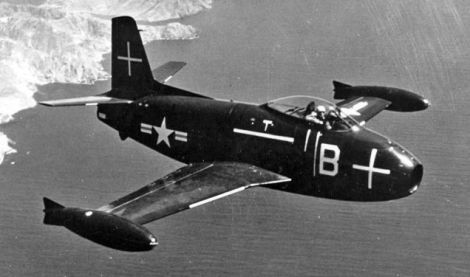
September 11, 1946 – The first flight of the North American FJ-1 Fury, the first operational jet-powered fighter to enter service with the US Navy. The wings and tail were derived from the North American P-51 Mustang, and it was powered by a single Allison J35 turbojet engine that gave the Fury a top speed of 547 mph. The FJ-1 entered service in 1947 and made the Navy’s first operational carrier landing at sea aboard USS Boxer (CV-21) in 1948. With the rapid pace of fighter development in that era, the transition to swept-wing fighters quickly rendered the FJ-1 obsolete, and only 31 were produced. However, the Fury was soon developed into the North American F-86 Sabre, one of the most successful fighters of the 195os, and the Naval variant of the Sabre, now called the FJ-2 Fury, followed in 1954.
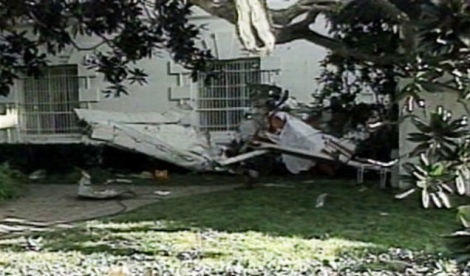
September 12, 1994 – Frank Corder deliberately crashes a plane on the White House lawn. Corder, a former US Army soldier and truck driver, was distraught, depressed, and suicidal after his wife left him. Highly intoxicated, Corder stole a Cessna 150 (N1405Q) from Aldino Airport in Maryland and flew to Washington, DC. Though detected minutes before the crash by radar operators at National Airport, Corder managed to crash the small aircraft on the South Lawn of the White House, killing himself. The wreckage came to rest against the White Hose, causing minor damage. Corder had stated that he bore no animus toward President Clinton, and the president was unhurt. Rumors persist that the White House is defended by surface-to-air missiles, though the Secret Service has neither confirmed nor denied their existence, and none were fired at the aircraft. The incident led to a significant reevaluation of security procedures.

September 12, 1934 – The first flight of the Gloster Gladiator, the last biplane fighter to be flown by the Royal Air Force and Fleet Air Arm. The Gladiator had entered service in 1937 and, though considered obsolete at the start of WWII, it nonetheless served in combat in all theaters early in the war, with a few export fighters even serving the Axis forces. It was soon replaced in frontline operations by the Hawker Hurricane and Supermarine Spitfire. The Gladiator was also capable of operating from carriers, and many were redeployed to serve as cover for British trade routes, particularly in the Mediterranean Sea. A total of 747 were built, and Finland was the last country to fly the Gladiator in combat.
British author Roald Dahl spent some time flying Gladiators during the war, and had this to say about the old fighter:
Those old Gladiators aren’t made of stressed steel like a Hurricane or a Spit. They have taut canvas wings, covered with magnificently inflammable dope, and underneath there are hundreds of small thin sticks, the kind you put under the logs for kindling, only these are drier and thinner. If a clever man said, ‘I am going to build a big thing that will burn better and quicker than anything else in the world,’ and if he applied himself diligently to his task, he would probably finish up by building something very like a Gladiator.
— Roald Dahl, “A Piece of Cake”, from the short story collection The Wonderful Story of Henry Sugar.
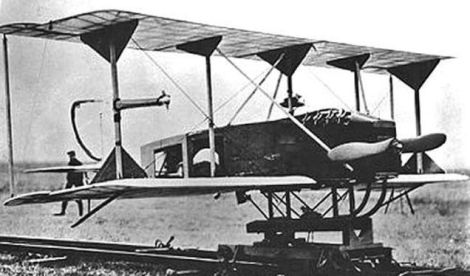
September 12, 1916 – The first flight of the Hewitt-Sperry Automatic Airplane, the result of a project to develop a pilotless aerial torpedo or flying bomb and the progenitor of the modern cruise missile. Elmer Sperry is credited with developing the first gyroscopically-controlled autopilot system, and Sperry then adapted his system to control the aircraft remotely by radio. Though flight tests of the system were promising, WWI ended before the flying bomb could be perfected, and development was shelved until 1925 when the US Navy took over the program.
September 13, 1994 – The first flight of the Airbus Beluga, a modified Airbus A300-600 widebody airliner that was developed to carry oversize cargo, particularly sections of Airbus aircraft destined for final assembly in France, Germany and Spain. Before the Beluga, Airbus used a fleet of Aero Spacelines Super Guppy Turbine aircraft in that role, but the idea of Airbus aircraft sections being delivered in Boeing airplanes made for poor publicity. The Beluga entered service in 1995 and is capable of carrying 50,000 cubic feet of cargo weighing up to 50 tons. A total of five were built, and they remain in service today. A new larger Beluga XL, based on the Airbus A330, took its maiden flight on July 19, 2018.
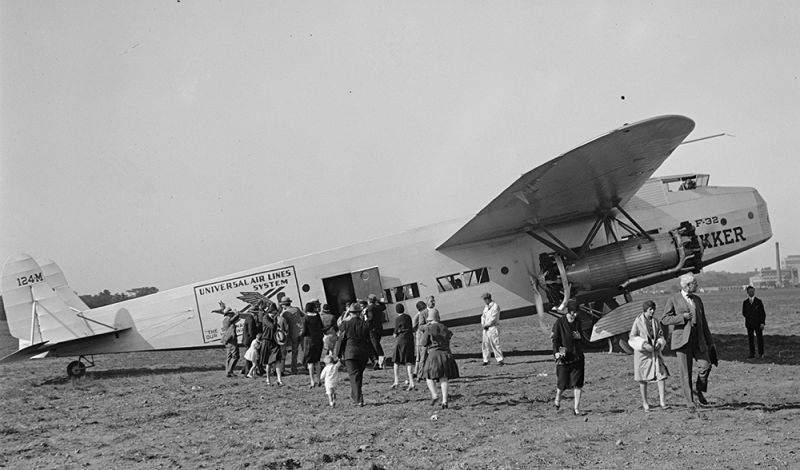
September 13, 1929 – The first flight of the Fokker F-32, a large transport aircraft created by the Fokker Aircraft Corporation of America and the first four-engine transport to be designed and built in the United States. A large aircraft for its era, the F-32 could accommodate 32 seated passengers or 32 sleeping passengers, and had a crew of three. It was notable for having two engines mounted together in a push-pull configuration, with the tractor engine turing a two-bladed prop while the pusher engine turned a three-bladed prop. The aft engine, turing in disturbed air, was prone to overheating, and the F-32 became notorious for a lack of power, even when the original Pratt & Whitney Wasp radial engines were replaced with more powerful Pratt & Whitney Hornet engines. Though seven were built, only two F-32s were purchased, both by Western Air Express. Poor performance, coupled with the Great Depression, meant the F-32 had a relatively short service life and was soon replaced by more modern designs.
Connecting Flights
If you enjoy these Aviation History posts, please let me know in the comments. And if you missed any of the past articles, you can find them all at Planelopnik History. You can also find more stories about aviation, aviators and airplane oddities at Wingspan.

